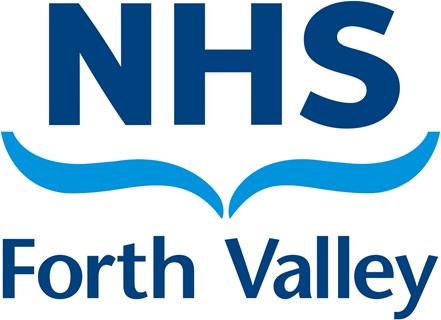Next-generation automatic vision testing
Guillermo Vivas-Mateos
Mario Ettore Giardini ( Academic Supervisor )
Dr Iain A T Livingstone ( Industrial Supervisor )
Jonathan Delafield-Butt ( Academic Supervisor )
NHS Forth Valley

Project Overview
This project focuses on measuring the visual ability to distinguish between an object and the background, based on the difference in brightness and on the difference in colour. These abilities are impaired when the nerve that connects the eye to the brain is suffering, and early detection of impairment in these abilities can offer a way to detect issues that are affecting this nerve.
The current clinical standard tests used for these conditions present some problems in terms of accessibility, complexity, and storage, and require a very controlled environment. Using electronic devices, it is possible to bypass some of these problems, and to make tests that are easy to use and to access not only in specialised clinics, but also in the general community. The aim of this project is therefore to develop new vision tests for these conditions using electronic devices, such as computers and tablets.
Why Strathclyde
The University of Strathclyde is recognised as a leading UK University for medical technology. Within the Department of Biomedical Engineering, there is a wide range of research areas, making it an ideal place where to develop medical technologies. The research is tightly integrated with the National Health Service, with which the Department has a deep collaboration.
The Department of Biomedical Engineering is an internationally leading centre for the development of vision testing instrumentation for community medicine. NHS has a long-standing collaboration to develop mobile and digital technologies for vision testing and eye examinations nationally and internationally, from high- to low-income countries.
Additionally, the University and city offer a vibrant student life, with many societies, sports clubs, and opportunities for social encounter, where to find activities and hobbies, offering a welcoming environment from the very start of the studies.
Business Impact
The current technology for the measurement of contrast sensitivity, colour sensitivity, and infant visual acuity, relies on methods invented many decades ago. They are currently outdated, and depend on the subjective opinion of a clinician. The project shows promise to make these tests objective, digital, and accessible to a wider population. The outcomes of this doctorate will go through a rigorous clinical evaluation and, if successful, will allow more appropriate, prompt, and accessible diagnostics for the detection and monitoring of a multitude of vision and neurological problems.
This ultimately aims to benefit both the patients, with improved outcomes, and the NHS, allowing robust and reliable testing to be performed by less experienced personnel.
Researcher Experience
A clinician from the NHS has been present and supported the project from the beginning. Having his expertise has been invaluable in the design and development of the devices in the project: because the project revolves around designing a device for use inside and outside the clinic, the input of a clinician informs a truly patient-centered design.
The partnership with the NHS encourages considering real-life practicality and end-user impact in addition to a solid theoretical grounding. Such a tight synergy between technology development and end use is rarely found in a PhD programme.
In addition to developing technology, the project performs pre-clinical validation. Having the NHS as industrial partner has facilitated the process of study design, of ethical compliance, of managing the site where the clinical study will take place, and has supported the more medical aspects of the project
